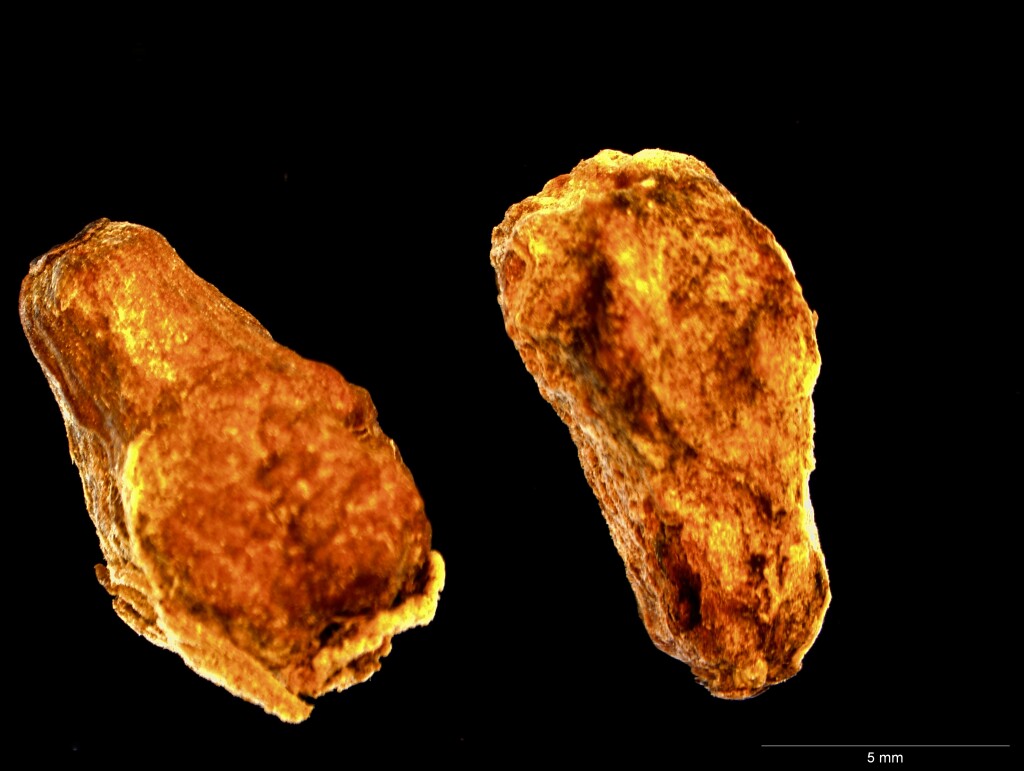Symplocaceae
Trees or shrubs. Leaves alternate or spirally arranged (not in Victoria), simple, evergreen, exstipulate, margins entire or toothed. Inflorescence axillary or terminal, a spike, raceme, panicle, fascicle or flowers solitary. Flowers actinomorphic, bisexual, rarely unisexual and then polygamous; sepals 5, fused; petals 3–11, free almost to the base or fused (not in Victoria); stamens 4-many, connate at base or fused to form a tube (not in Victoria), epipetalous in 1–4 series; anther locules 2, opening longitudinally; disk glandular or inconspicuous; ovary inferior or semi-inferior, 2–5 locular, style 1, slender. Fruit a drupe, crowned by persistent sepal lobes, 1–5-locular; seed 1 per loculus, embryo curved or straight (not in Victoria).
2 genera and c. 320 species, on all continents except Africa and Europe, predominantly tropical to subtropical; 19 species in Australia, occurring along the east coast of the mainland, with the highest diversity in Queensland.
Jobson, P.C. (1996). Symplocaceae. In: Walsh, N.G.; Entwisle, T.J., Flora of Victoria Vol. 3, Dicotyledons Winteraceae to Myrtaceae, pp. 514–515. Inkata Press, Melbourne.
 Spinning
Spinning
